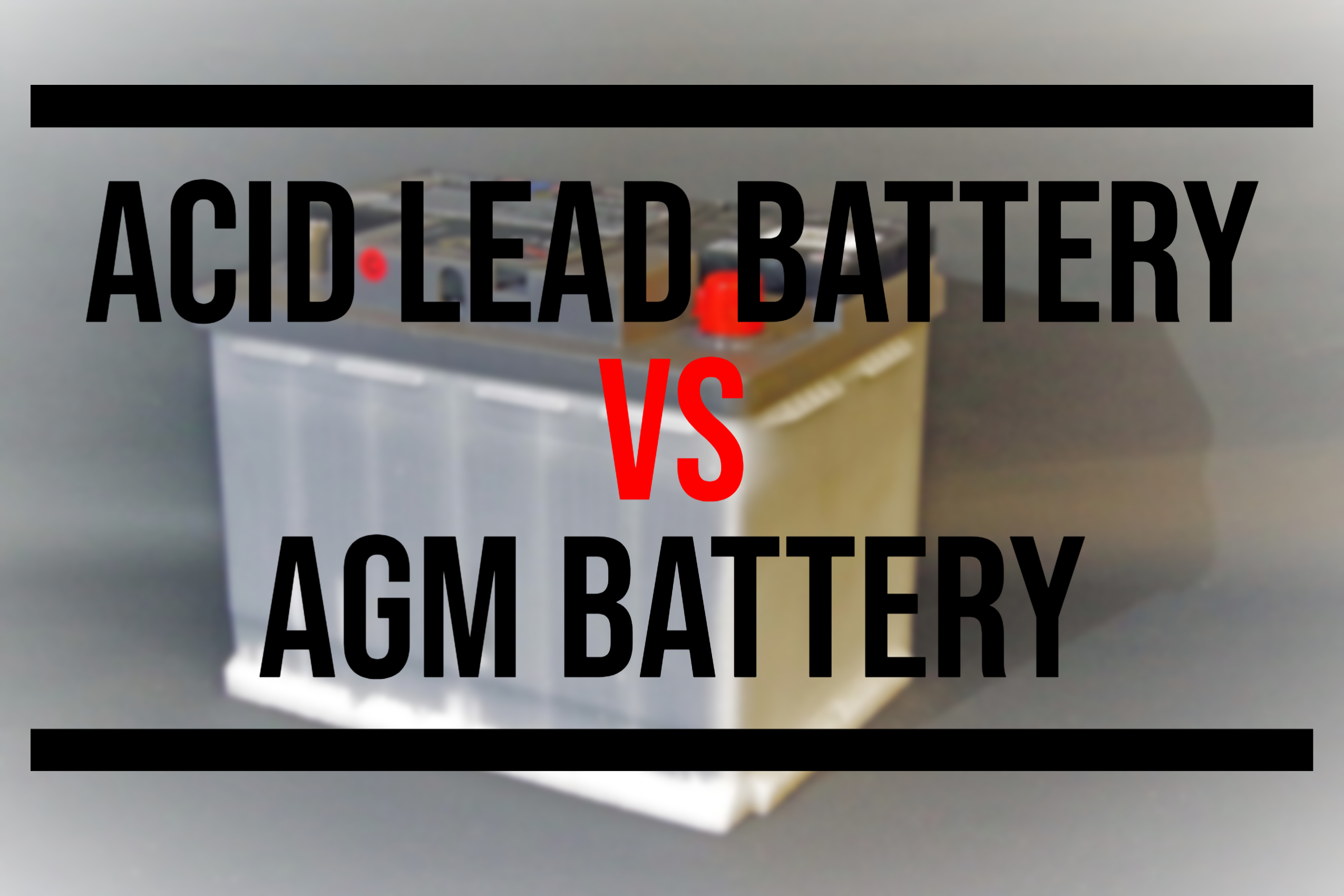Introduction
Rechargeable battery types such as lead-acid, and AGM (absorbed glass mat) batteries are often utilized in several applications, including automotive and backup power systems. While both types of batteries have unique characteristics and benefits, some key differences set them apart.
Design and Construction
The construction of lead-acid batteries and AGM batteries is one of the key distinctions between them. Lead-acid batteries are constructed from a number of lead plates that are submerged in a sulfuric acid electrolyte solution. In contrast, AGM batteries use a thin fiberglass mat to keep the electrolyte in place. The electrolyte is absorbed into the mat and does not leak out like it would in other types of batteries.
Performance and Maintenance

The two types of batteries’ performance is another significant distinction. AGM batteries may offer more power in a shorter length of time since they typically have a greater energy density and discharge rate. Which also last longer and require less maintenance. Compared to lead-acid batteries, which need to have the electrolyte solution inside of them frequently.
Cost

However, lead-acid batteries tend to be more affordable than AGM batteries, making them a more cost-effective choice for some applications. They are an excellent option for situations where the battery may frequently be discharged to a low level of charge since they also have a better tolerance for deep discharges.
Environmental Impact

In terms of environmental impact, both lead-acid batteries and AGM batteries have their pros and cons. If not disposed of properly, lead-acid batteries, which are produced from a non-renewable resource, might affect the environment. However, they have a low manufacturing carbon impact and may be recycled. AGM batteries, on the other hand, don’t contain lead and are thought to be more environmentally friendly. However, some of these advantages may be countered by their higher price.
Conclusion
| AGM | Lead-Acid | |
| Design & Construction | Better Construction. Acid does not leak | Lead plates submerged in sulfuric electrolytes solution. Does not hold well to violent vibration and possible leakage. |
| Performance & Maintenance | More Power. Less Maintenance required. | Require timely maintenance to check on electrolytes level. |
| Cost | More expensive compared to Lead Acid. | Cheaper compared to AGM Batteries. |
| Environmental Impact | Sealed and does not require topping up of electrolytes which can reduce the risk of spills and leaks. | Contain lead and if not recycled properly may harm the environment. Can produce toxic fumes when they are being charged or discharged |
Overall, the choice between a lead-acid battery and an AGM battery will be based on the specific needs and requirements of the application. AGM batteries might be a better alternative for uses that call for high power output and a long lifespan, while lead-acid batteries might be a more cost-effective choice for uses where price is a key factor. If you have additional differences to share on top of what is listed, feel free to comment or email us here.


Itís difficult to find educated people in this particular subject, however, you sound like you know what youíre talking about! Thanks
This is the perfect webpage for anybody who wishes to find out about this topic. You understand a whole lot its almost hard to argue with you (not that I really will need toÖHaHa). You definitely put a new spin on a topic thats been discussed for years. Great stuff, just wonderful!
Ahaa, its pleasant conversation concerning this paragraph
here at this webpage, I have read all that, so now me also commenting here.